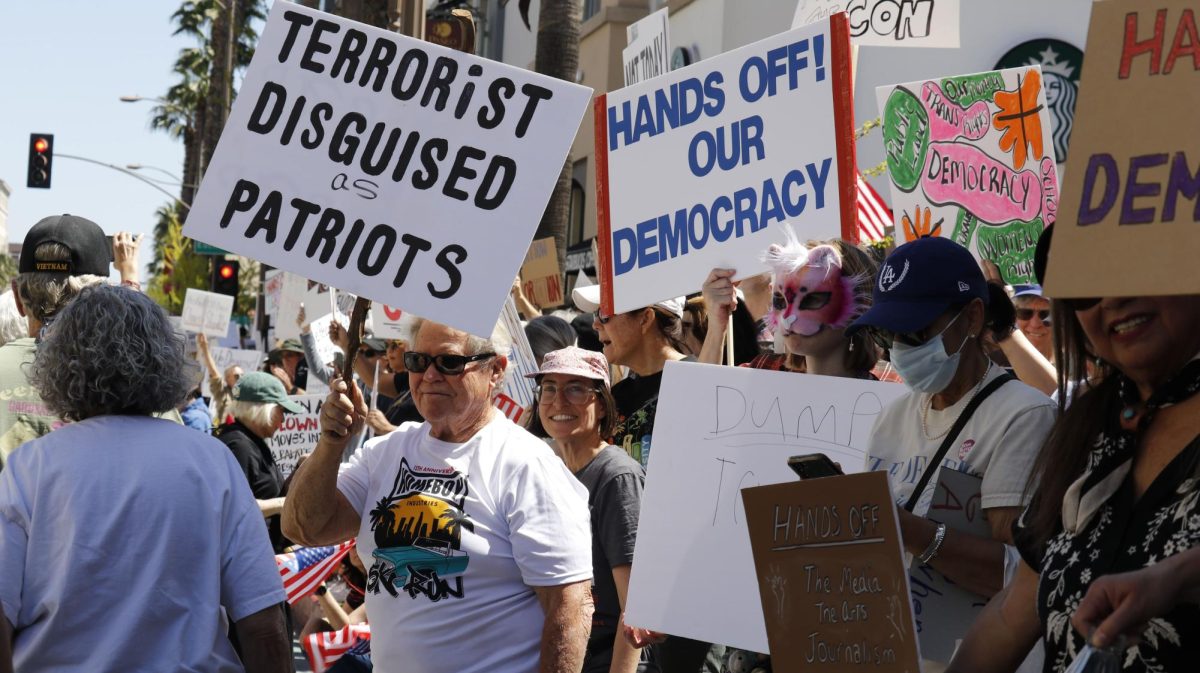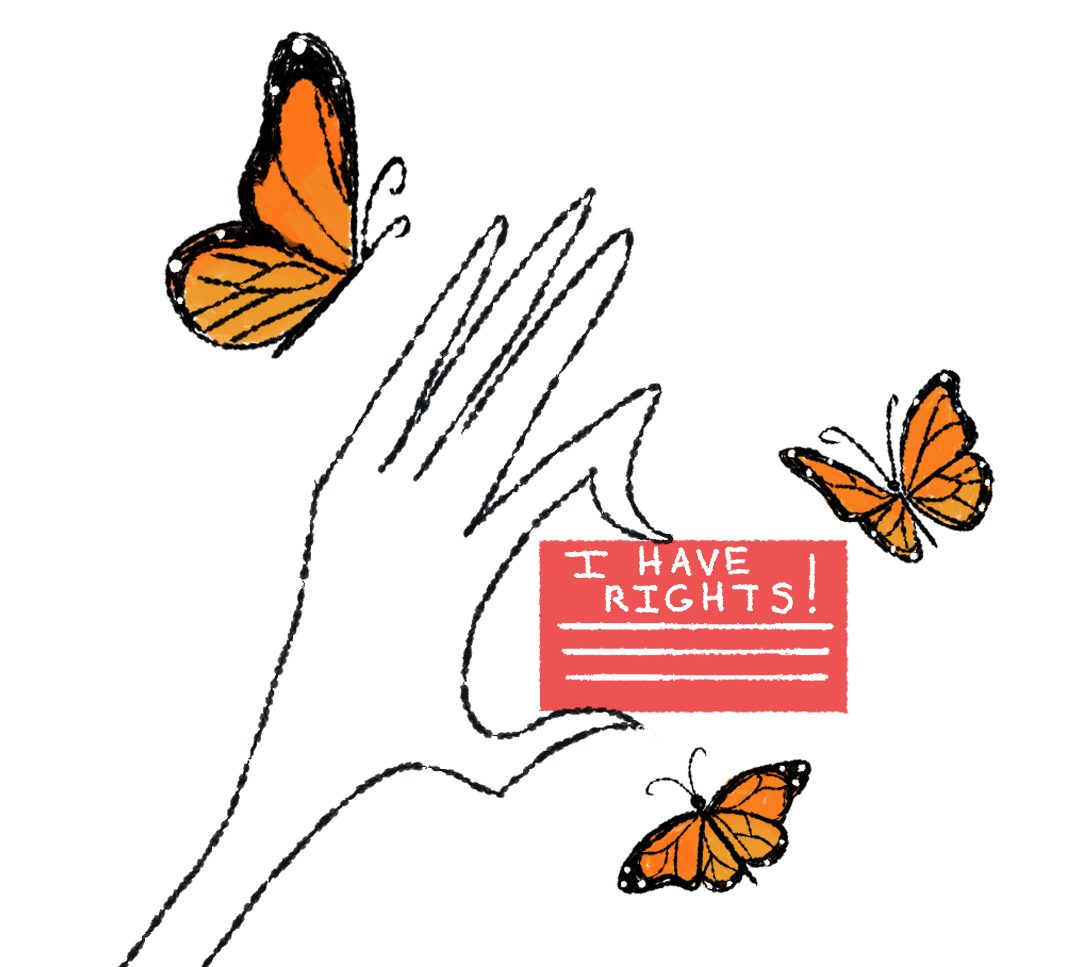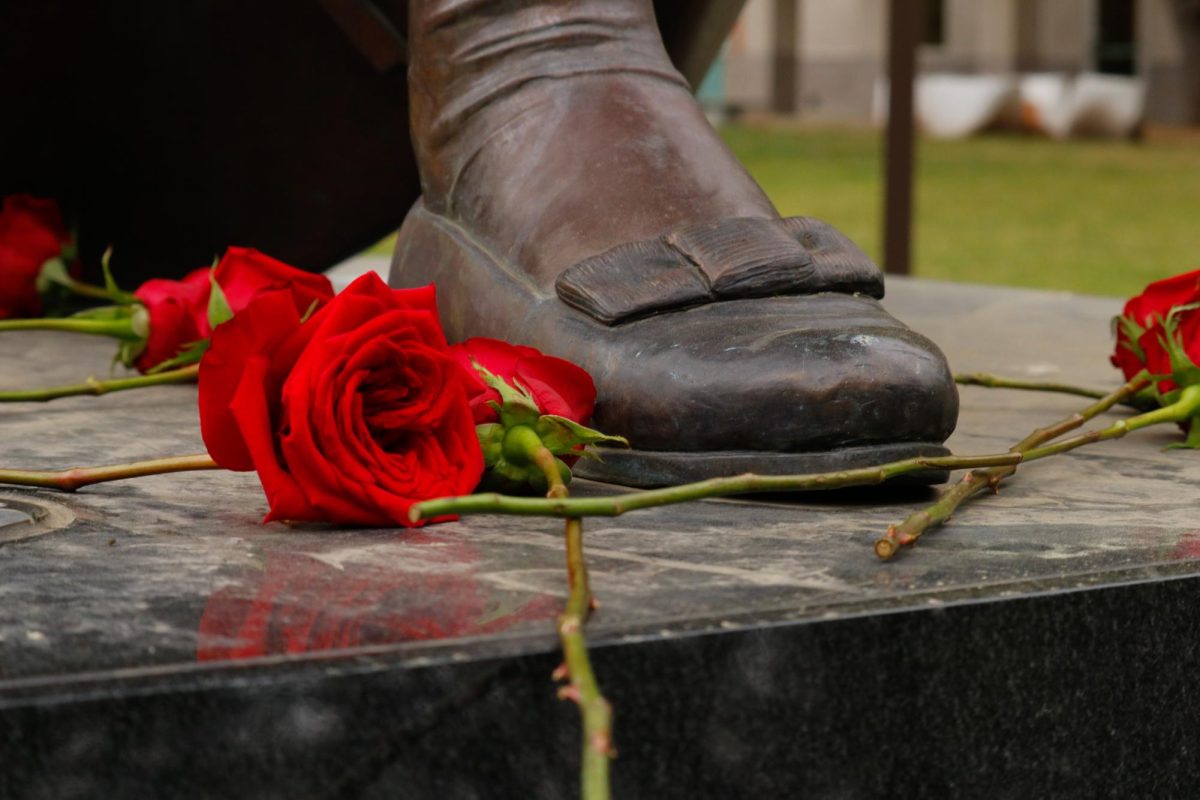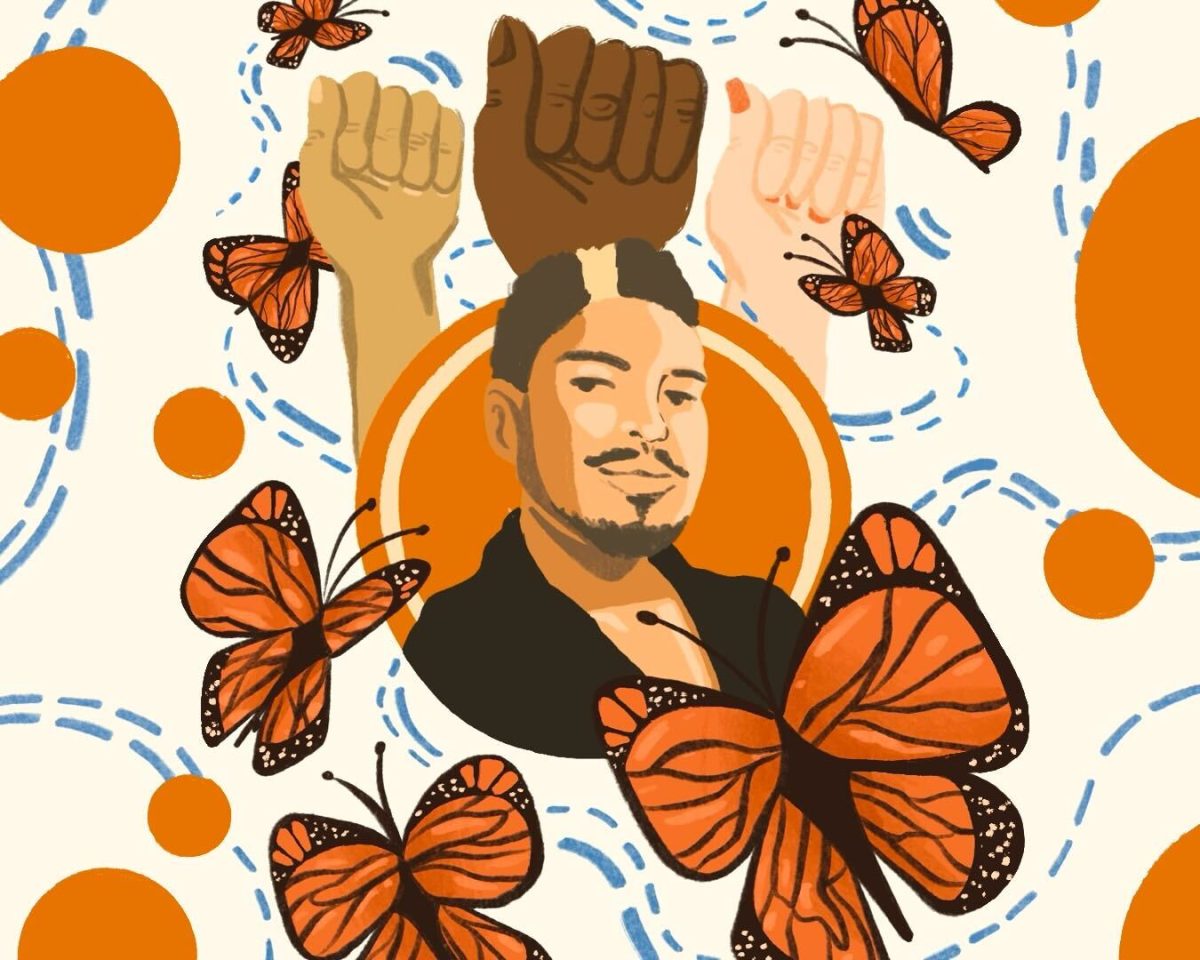Most students get up in the morning, shower, eat and do what’s needed to get to school or work. Imagine waking up, walking up to a computer and logging into a virtual reality world where not only class attendance is possible, but almost everything else in the real world.
Is that possible?
Ashley Skylar, assistant professor at CSUN, taught Introduction to Special Education to a class of 30 students using Second Life last spring. Second Life is a 3D virtual world where users can do almost anything they can do in their real life. Some students are even able to attend class in Second Life.
“In Second Life it was a progression, starting with the first session to the fifth we all learned a lot to be honest,” Skylar said. “It wasn’t till the third, fourth and fifth session that it got to be much more structured because when we first started using it I gave everyone directions and showed a class demo or how to get to the location.”
The Introduction to Special Education class met every other week on campus and every other week in Second Life. While they were in the classroom, they took bi-weekly quizzes that would cover one week in the on-campus class and one week in Second Life.
“It is interactive in the sense that everything that I would do on campus, like breaking out into smaller groups to have discussion questions,” said Skylar. “Well in the Second Life environment, I actually created Second Life groups. In a class of 30, I created four groups.”
After informing the students what small group they were in, they were able to communicate through a local chat window. A third of the students communicated using audio capabilities, while the other students communicated using text messaging.
Skylar taught using PowerPoint, lecture and YouTube videos. The tools available in Second Life to teach are similar or even the same as tools teachers use in on-campus classes.
“I think Second Life and similar virtual worlds have a role in education. Within a grid or virtual world you have opportunities to create and deliver instruction and learning (and) teaching in an immersive fashion; learning opportunities become experiential,” said Rick Shaw, director of technical services for the Ventura County Community College District.
“I’ve seen instruction range from simple lecture to distant students, represented in the virtual classroom by their avatar, to recreations of historical scenes, plays, or famous landmarks and artwork that can be experienced spatially in ways you can’t even do in the real world,” Shaw added.
“Beyond the hype, to put it in a larger context, Second Life and other virtual environs are simply a tool, with unique properties for delivering instructional content,” she added.
Since using Second Life as a teaching tool was new to Skylar and her students, she gave out satisfaction surveys every other week to the students to get their comments and feedback. She used that feedback and implemented it into the future sessions.
“In the spring I’ll have a lot more structure in place,” Skylar said. “The first semester was really just a learning process for the students and myself, but now that I learned it I can have that structure for myself set in place because that is a big thing for their comfort level.”
Stan Metzenberg, a biology professor at CSUN, has been developing CSUN island, a virtual world identical to the CSUN campus, which is now open to his students. It has a virtual Oviatt Library called Oviatt Minor, a nature trail and a student center.
“I don’t think it’s new, it’s just new to CSUN. It’s been out there a good four or five years, its just nobody has jumped on the bandwagon,” Skylar said. “You can’t push everyone to do online, it’s just a passion of mine.”





